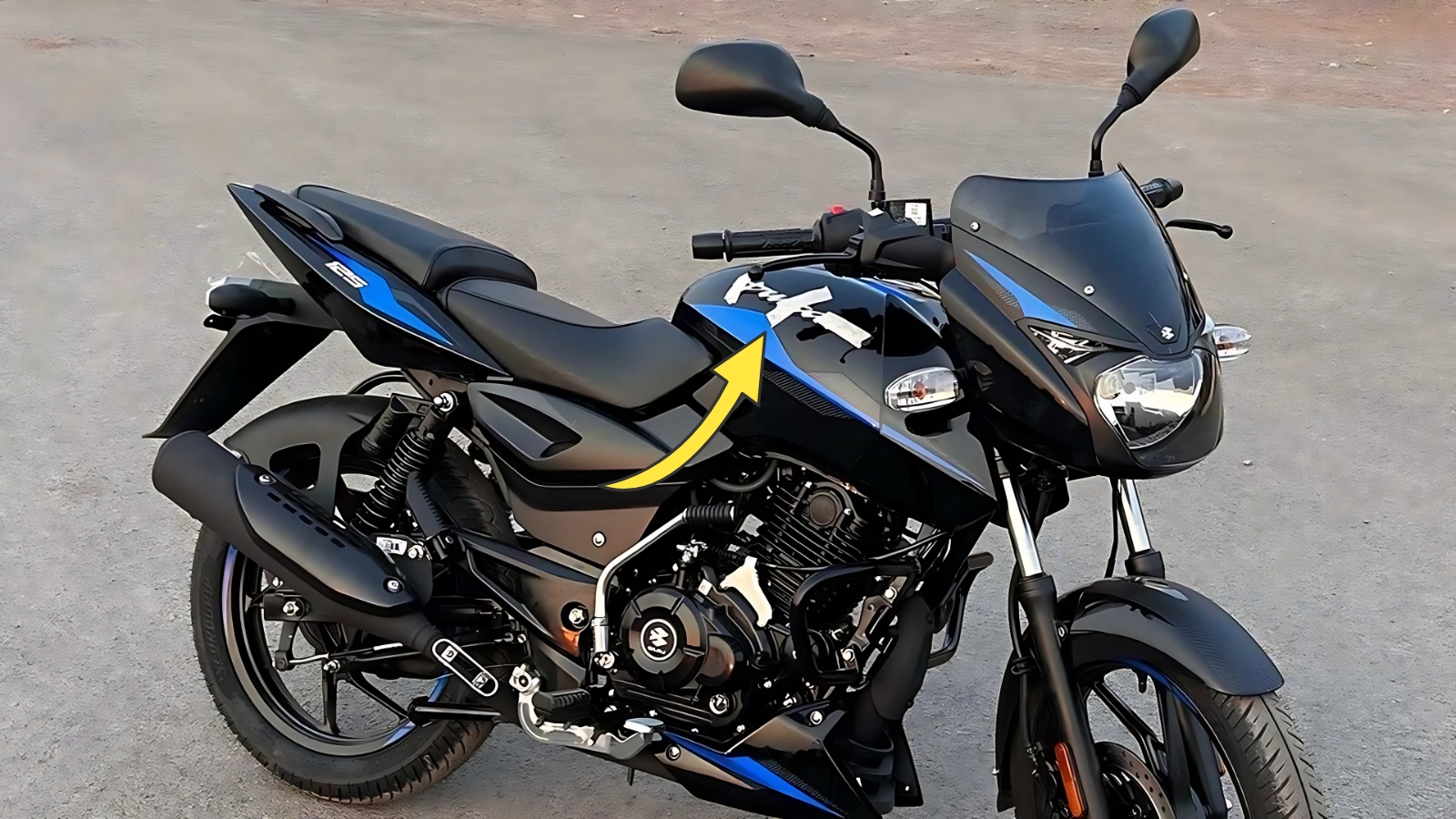Bajaj Pulsar 125: There’s something strangely satisfying about riding a motorcycle that’s basically an overachiever. The Bajaj Pulsar 125 is exactly that—a scrappy lightweight punching well above its weight class. After logging nearly 4,000 kilometers on mine over six months, I’ve developed a love-hate relationship with this machine that’s more complex than my last three romantic entanglements combined. It’s not perfect—far from it—but there’s an undeniable charm to how this baby Pulsar tries so damn hard to live up to its bigger siblings’ reputation.
Looks That Borrowed Its Older Brother’s Wardrobe
Let’s be honest—the Pulsar 125 is basically wearing hand-me-downs from the 150, and that’s not necessarily a bad thing. Parked outside my office, colleagues have repeatedly mistaken it for the larger model, a confusion that secretly delights me. The wolf-inspired headlamp (Bajaj’s description, not mine) with those twin LED DRLs looks properly aggressive for a 125cc machine. My Carbon Black model with those red graphics strikes the perfect balance between sporty and subtle, though the Neon Green version screams “look at me” with all the subtlety of a drunk uncle at a wedding.
The split seat, muscular tank shrouds, and clip-on handlebars give it a premium vibe that makes other 125cc commuters look decidedly economy-class. During a recent breakfast ride, it held its own in a lineup of much pricier machines—at least until everyone started their engines. The fit and finish isn’t perfect though; three months in, some plastic panels started developing that typical Indian motorcycle rattle over broken roads. Nothing a strategically placed rubber washer couldn’t fix, but still mildly annoying.

Performance That Makes You Question Physics (Sometimes)
Under that sporty exterior beats a heart that’s trying its absolute best—a 124.4cc air-cooled single producing a modest 11.8 horsepower. Those numbers won’t impress your superbike-riding friends, but there’s something genuinely enjoyable about wringing every last drop of performance from a smaller engine. The bike pulls surprisingly well up to about 70 kmph, with a satisfying mid-range that makes urban riding a proper laugh.
The 5-speed gearbox shifts with a precise mechanical click that feels surprisingly premium for the segment. I’ve occasionally found false neutrals between 4th and 5th when rushing shifts, but that’s probably more rider error than mechanical fault. Top speed? I’ve seen around 95 kmph on the digital speedo (which reads optimistically, let’s be honest), at which point the bike feels like it’s giving you a stern talking-to about your life choices. Vibrations kick in noticeably above 80 kmph, especially through the pegs and handlebars—my pinky fingers actually went numb during a two-hour highway stint last month.
Fuel Efficiency That Makes Your Wallet Smile
Here’s where the Pulsar 125 really earns its keep. Despite riding with, shall we say, enthusiastic throttle inputs, I’m consistently getting around 55-60 kmpl in city conditions. That stretches to nearly 65 kmpl on highways when maintaining steady speeds. With today’s fuel prices feeling like daylight robbery, covering my 30km daily commute for under ₹100 feels like a small victory against inflation.
The 11-liter fuel tank means you can easily cover 600+ kilometers between fill-ups if you’re gentle with the throttle—though the uncomfortable seat makes it unlikely you’d want to do that in one sitting. During last month’s fuel shortage panic, I smugly rode past long queues at petrol pumps, my tank still showing half full after nearly two weeks of daily use. The economy isn’t just good for a Pulsar—it’s good for any modern motorcycle, period.
Handling That Punches Above Its Weight Class
For a bike that’s primarily designed for commuting, the Pulsar 125 handles surprisingly well when roads get twisty. The conventional telescopic front suspension and twin gas-charged rear shocks aren’t exactly cutting-edge, but they’re well-tuned for Indian conditions. There’s enough feedback from the front end to inspire confidence in corners, while the 17-inch wheels (bigger than many competitors) add stability that smaller-wheeled 125cc bikes simply can’t match.
During an impromptu weekend ride to a hillside cafe about 80km outside the city, I found myself keeping pace with riders on much more expensive machines through the twisties. The 170mm ground clearance confidently handles unexpected speed bumps and potholes that would send lower-slung bikes scraping their bellies. The single-channel ABS provides decent stopping power, though the rear drum could definitely use more bite—something I discovered during an emergency stop when a cow decided the middle of the highway looked like a comfortable spot for contemplation.
Maruti Suzuki S-Cross come with safety interior features, look is fabulous
Bajaj Pulsar 125: The Ownership Experience: More Than Just Numbers
Living with the Pulsar 125 day-to-day reveals its true character beyond specification sheets. The digital-analog instrument cluster provides all essential information clearly, though the tiny gear position indicator becomes practically invisible in bright sunlight. The LED headlamp offers impressive illumination for night riding—a godsend on poorly lit suburban roads where stray animals materialize like furry apparitions.
After six months and two services, maintenance costs have remained reasonable—around ₹1,800 for the first service and ₹1,200 for the second. Parts availability is excellent, as you’d expect from Bajaj’s extensive network. The only unscheduled visit involved a loose battery terminal that caused occasional starting hiccups—fixed in under 15 minutes at no cost.
In a market increasingly dominated by feature lists and spec-sheet battles, the Pulsar 125 offers something less tangible but perhaps more valuable—character. It’s not perfect, but its flaws feel endearing rather than annoying, like a scrappy underdog you can’t help but root for.